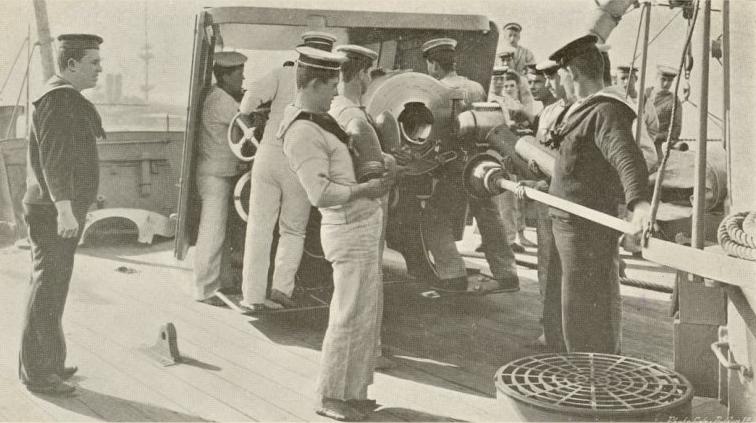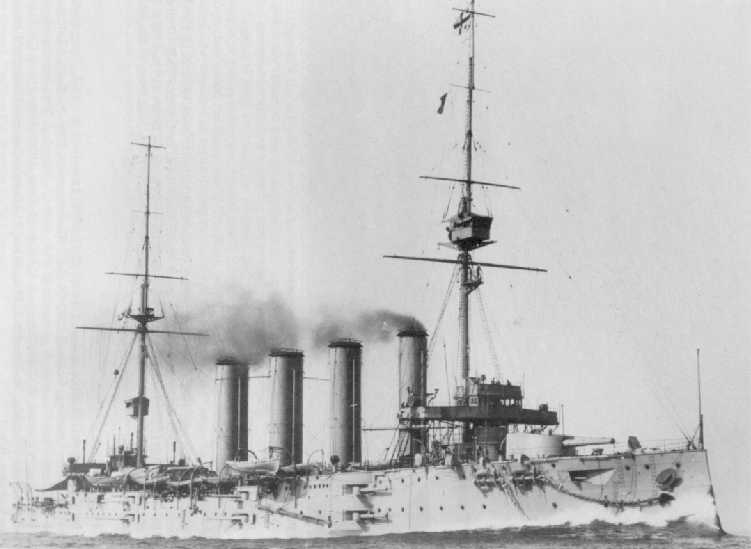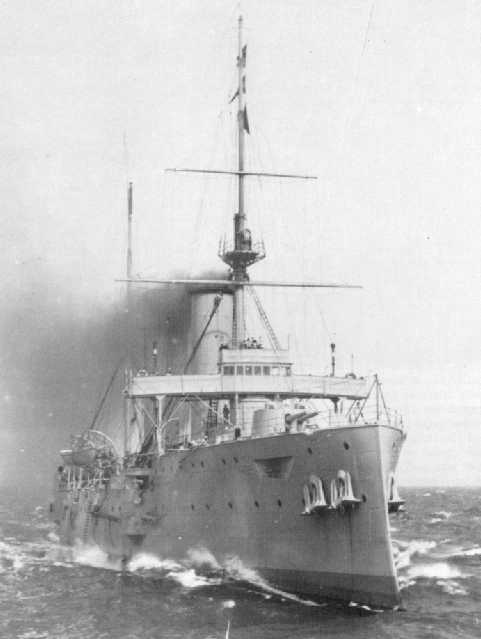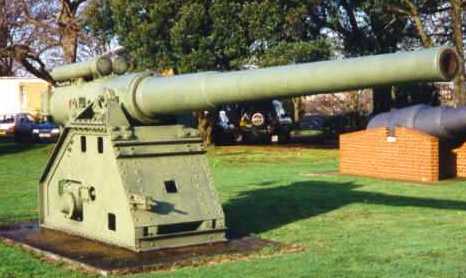|
During World War I, these guns were used to arm a variety of Monitors. Used in small gunboats and AMCs during World War II. The Army used them mainly for coastal defense batteries for both wars. Some were used as heavy field artillery during World War I and a few were used as railway guns during World War II. The only difference between the Mark VII and Mark VIII was that the breech on the Mark VII opened to the right while breech on the Mark VIII opened to the left in order to suit the left hand gun mounting in the twin mounts used on the Monmouth class cruisers. The Mark VII and VIII were constructed of inner A tube, A tube, partially wire wound, B tube and overlapping jacket. Older guns used a four-motion long-screw breech while later ones used a Welin breech block and hand-worked skew gear mechanism. A total of 898 (one source says 901 guns) Mark VII and 27 Mark VIII guns were built and three Mark VIII guns were converted to the Mark VII style after the Monmouth class cruisers were scrapped. 629 of these guns remained in Navy service as of 1939. Twelve Army guns lacking a B tube were designated as Mark VIIv, while the Mark VII* and VIIv* were guns relined with a high strength alloy steel A tube which allowed heavier charges in the later 45 degree coastal mountings. The total number of guns issued to the Army was about 350 and many more were transferred from the Navy. The Mark VII remained in service until the abolition of coast artillery in 1956 (Britain) and 1959 (NZ). The Mark XXIV was an Army coastal defense gun with the same performance as the Mark VII* but with a loose barrel construction. About 140 of these guns were manufactured during World War II. |

I believed this to be a 6"/45 (15.2 cm)
Mark VII
|

Armored Cruiser HMS Good Hope in 1907
|

Berwick in 1905
|

6"/45 (15.2 cm) Mark VII
|
| .
See photograph 4902 |